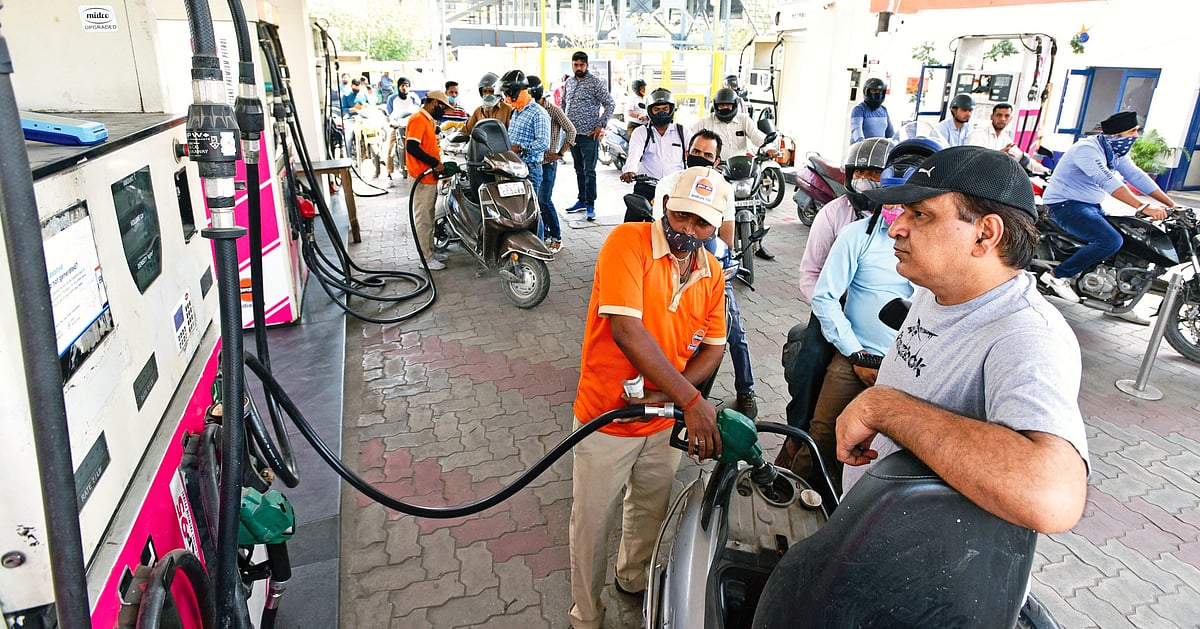During Manmohan Singh’s tenure, every time petrol and diesel prices rose owing to global market pressures, the BJP would raise a storm in and outside Parliament. Leaders at every level of the party held protests and dharnas, while their media ecosystem amplified the outrage. Social media buzzed with sarcastic posts and memes.
On one occasion, when fuel prices were hiked, Gujarat’s then chief minister Narendra Modi called it “a prime example of the failure of the Congress-led UPA”.
When Modi became prime minister in May 2014, he was handed a golden opportunity to ease fuel prices. At the time, crude oil was trading at $106.85 per barrel — near its peak. Soon after, global oil prices began to crash, falling by over 70 per cent to just $28.10 per barrel by January 2016. But Indian consumers saw little or no relief.
As crude prices plunged internationally, the government steadily increased excise duties on petrol and diesel. The opportunity to pass on the benefit to the public was deliberately forfeited.
A comparison of petrol pricing in Delhi between May 2014 and September 2018 illustrates how rising taxes affected fuel costs. In May 2014, the Central government levied a tax of Rs 10.38 per litre on petrol. By September 2018, this had nearly doubled to Rs 19.48. Not to be left behind, the Delhi government also increased its tax from Rs 11.90 to Rs 17.16 per litre during the same period.
As taxes increased, so did the commission paid to petrol pump dealers — from Rs 2 to Rs 3.64 per litre. The combined impact of these hikes was stark. In May 2014, petrol in Delhi was selling at Rs 71.41 per litre. By September 2018, it had risen to Rs 80.73—despite the fact that global crude oil prices were significantly lower.
This disparity becomes clearer when one looks at the base price of petrol. In May 2014, after accounting for company margins, transportation and other costs, the base price at which petrol reached pumps was Rs 47.13 per litre.
